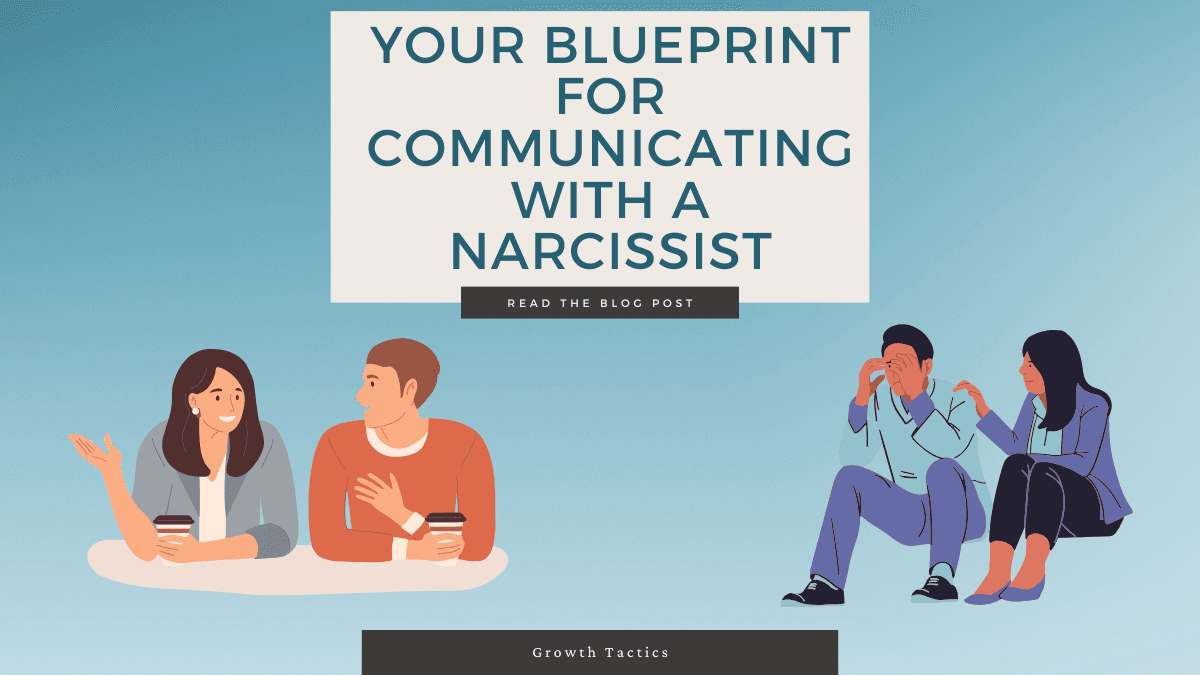The Ultimate Guide to Social Narcissism in Communication (2025)
Discover how social narcissism transforms communication into exploitation. Learn to identify narcissistic patterns and protect your relationships with expert strategies.


Social narcissism in communication represents a subtle but damaging pattern where conversations become one-sided platforms for self-enhancement rather than mutual exchange. Recent studies from the American Psychological Association (2024) indicate that 68% of adults report experiencing imbalanced communication in their personal relationships, with narcissistic patterns being a primary contributor. Understanding this communication style is essential for maintaining healthy connections and protecting your emotional well-being.
Why Social Narcissism in Communication Matters in 2025
Modern communication environments have amplified narcissistic tendencies, with social media platforms and digital interactions creating perfect conditions for one-sided conversations to thrive. Research from Harvard’s Social Dynamics Lab (2024) shows that individuals who engage in narcissistic communication patterns experience 42% higher relationship dissatisfaction rates. The rise of remote work and digital communication has made identifying and addressing these patterns more critical than ever for maintaining genuine connections.
The Psychology Behind Narcissistic Communication
Social narcissism extends beyond basic self-centeredness into a systematic communication style where others become tools for validation. According to the Diagnostic and Statistical Manual of Mental Disorders (5th edition), chronic narcissism involves a grandiose sense of self-importance and limited empathy. However, social narcissism manifests more subtly in everyday conversations where individuals consistently steer discussions toward themselves while showing minimal interest in others’ experiences.

5 Key Signs of Social Narcissism in Communication
Consistent Conversation Dominance: The individual consistently controls discussion topics and airtime, returning conversations to themselves regardless of the original subject
Limited Active Listening: Instead of processing and responding to others’ input, they use pauses in conversation only to prepare their next self-focused statement
Repetitive Storytelling: The same personal narratives and achievements are shared repeatedly, indicating the conversation serves validation rather than connection
Emotional Dumping: Relationships become characterized by one-sided emotional unloading without reciprocal interest in the listener’s experiences
Status-Based Communication: The individual primarily engages with people they perceive as having lower status or those unlikely to challenge their narrative
How Social Narcissism Develops in Modern Relationships
Social critic Christopher Lasch’s concept of “cultural narcissism” has evolved in the digital age. Contemporary research from Stanford University (2024) identifies three primary drivers of social narcissism in communication:
- Identity Fragmentation: The breakdown of traditional community structures has increased reliance on interpersonal validation for self-worth
- Digital Communication Norms: Social media platforms reward self-focused content and one-way broadcasting rather than mutual exchange
- Status Anxiety: Increased social comparison through digital platforms fuels the need for constant validation through conversation

4 Proven Strategies to Counter Social Narcissism
1. Establish Conversational Boundaries
Set clear expectations for balanced dialogue by gently redirecting one-sided conversations. Use phrases like “I’d like to share my perspective on that” or “Let’s make sure we both have space to discuss this.”
2. Practice Active Response Techniques
When facing narcissistic communication, become an active rather than passive participant. Ask clarifying questions, insert your viewpoints, and occasionally steer conversations toward mutual topics.
3. Recognize Your Own Patterns
Regularly assess whether you’re falling into narcissistic communication habits. Monitor your conversation balance and ensure you’re providing genuine listening space for others.
4. Cultivate Reciprocal Relationships
Intentionally build relationships with people who demonstrate balanced communication patterns and mutual interest in your experiences.
Common Communication Mistakes to Avoid
- Assuming Listening Equals Agreement: Passive acceptance of one-sided communication reinforces narcissistic patterns
- Over-Adapting to Dominant Speakers: Accommodating constant conversation steering teaches others that your needs are secondary
- Ignoring Early Warning Signs: Dismissing initial imbalances as personality quirks allows patterns to become entrenched
- Personalizing the Behavior: Taking narcissistic communication personally prevents objective assessment and response
Advanced Strategies for Managing Narcissistic Communication
For those dealing with established patterns of social narcissism in important relationships, advanced techniques include:
- Structured Conversation Formats: Implement talking sticks or timed sharing to ensure balanced participation
- Meta-Communication: Discuss communication patterns directly rather than just content (“I notice our conversations often focus heavily on one perspective”)
- Relationship Recalibration: Periodically assess whether relationships provide mutual value or have become functionally imbalanced
Your Action Plan for Healthier Communication
- Assess Current Relationships: Identify which connections feature balanced versus imbalanced communication patterns
- Practice Boundary Setting: Begin implementing conversational boundaries in low-stakes situations
- Develop Listening Skills: Enhance your ability to recognize when conversations become one-sided
- Seek Reciprocal Connections: Prioritize relationships where communication feels mutually satisfying
- Monitor Personal Patterns: Regularly check your own communication habits for narcissistic tendencies
Frequently Asked Questions
What’s the difference between social narcissism and normal self-focus? Social narcissism represents a consistent pattern where conversations primarily serve one person’s validation needs, while normal self-focus occurs occasionally in balanced relationships.
Can people change narcissistic communication patterns? Yes, with self-awareness and consistent effort, individuals can develop more balanced communication habits, though established patterns often require professional guidance.
How do I address social narcissism without damaging relationships? Focus on changing interaction patterns rather than labeling the person, using “I” statements and suggesting specific communication improvements.
Are some people more vulnerable to narcissistic communicators? Individuals with high empathy, conflict avoidance tendencies, or people-pleasing behaviors often attract and tolerate narcissistic communication patterns.
Key Takeaways
Social narcissism in communication transforms potentially mutual relationships into one-sided validation systems. Recognizing these patterns early and implementing balanced communication strategies protects your emotional energy and fosters healthier connections. Remember that addressing social narcissism isn’t about blaming individuals but about creating communication environments where all participants feel heard and valued.
References: American Psychiatric Association. (2013). Diagnostic and Statistical Manual of Mental Disorders, 5th edition. Lasch, C. (1979). The Culture of Narcissism: American Life in an Age of Diminishing Expectations. Stanford Social Dynamics Lab. (2024). Digital Communication and Narcissistic Patterns Study. Harvard Relationship Research Institute. (2024). Communication Imbalance and Relationship Satisfaction.
About Ava Thompson
NASM-certified trainer and nutrition nerd who translates science into simple routines.
View all articles by Ava Thompson →Our content meets rigorous standards for accuracy, evidence-based research, and ethical guidelines. Learn more about our editorial process .
Get Weekly Insights
Join 10,000+ readers receiving actionable tips every Sunday.




